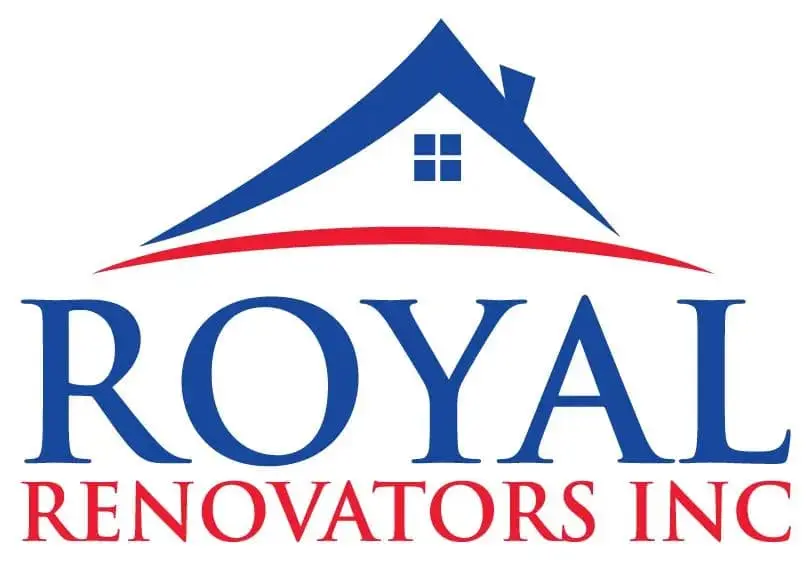The Hidden Dangers Of Roof Moss And How To Remove It Safely

That green, velvety carpet spreading across your roof might look charming and rustic, but moss represents one of the most destructive threats to residential roofing systems. What appears harmless from the ground can be silently undermining your roof’s structural integrity, creating conditions that lead to costly repairs, dangerous leaks, and premature roof replacement. Many homeowners underestimate moss damage until significant problems develop, making early intervention crucial for protecting your investment. When moss coverage becomes extensive or recurring, consulting with an experienced roofing company ensures safe, effective removal while addressing underlying conditions that promote moss growth.
The Structural Damage Moss Causes
- Shingle Deterioration and Displacement
Moss causes immediate damage by lifting and displacing roofing materials. As moss colonies expand, their rhizoids work underneath shingle edges, creating separation that allows wind and water infiltration. This lifting action compromises the overlapping pattern that makes shingle roofs watertight, creating entry points for moisture that can damage roof decking and interior structures.
The constant pressure from expanding moss gradually loosens shingle fasteners and can crack brittle roofing materials. Asphalt shingles become particularly vulnerable as their protective granules are displaced by moss growth, exposing underlying materials to accelerated weathering and UV damage.
- Water Retention and Drainage Problems
Dense moss coverage acts like a sponge, absorbing and retaining water that would normally shed from roof surfaces. This retained moisture creates several serious problems including freeze-thaw damage in cold climates, where trapped water expands and contracts repeatedly, stressing roofing materials beyond their design limits.
Moss colonies obstruct normal drainage patterns by creating dams that redirect water flow. These altered drainage patterns can overload gutters, create ponding in areas not designed for water accumulation, and force water under roofing materials through capillary action.
The weight of water-saturated moss places additional structural loads on roofing systems not designed to support this extra burden. Large moss colonies can retain hundreds of pounds of water, creating stress concentrations that can damage roof framing over time.
- Hidden Decay and Rot
Perhaps most dangerously, moss creates conditions that promote wood decay in roof structures. The constant moisture and organic matter that moss colonies provide create ideal environments for wood-destroying fungi that can compromise structural integrity without visible external signs.
Moss-induced moisture penetration often goes undetected until significant damage has occurred. Unlike obvious leaks that produce visible water stains, moss-related moisture infiltration can cause gradual decay of roof decking, rafters, and wall framing that may not become apparent until structural failure occurs.
Health and Safety Concerns
- Indoor Air Quality Issues
Moss-damaged roofs often develop moisture infiltration that creates ideal conditions for mold and mildew growth within building structures. These hidden moisture problems can significantly impact indoor air quality, particularly problematic for family members with respiratory sensitivities or compromised immune systems. Spores from roof moss can infiltrate buildings through ventilation systems or structural gaps, potentially triggering allergic reactions or respiratory symptoms in sensitive individuals. While moss itself isn’t inherently toxic, the moisture conditions it creates support various harmful microorganisms.
- Slip and Fall Hazards
Moss-covered roofs become extremely slippery when wet, creating dangerous conditions for anyone attempting to access roof surfaces. Professional roofers recognize these hazards and take appropriate safety precautions, but homeowners often underestimate the slip risks associated with moss-covered surfaces.
The combination of moss texture and retained moisture creates conditions similar to walking on wet ice, making falls likely even for experienced individuals. These safety concerns make professional removal strongly recommended over DIY attempts.
Safe Moss Removal Methods
- Professional Chemical Treatments
Professional moss removal typically begins with appropriate chemical treatments designed to kill moss without damaging roofing materials. Zinc sulfate, copper sulfate, and specially formulated moss-killing products offer effective treatment when applied correctly by trained professionals who understand proper dilution rates and application techniques.
Chemical treatments require careful timing and weather conditions for maximum effectiveness. Professional roofers understand these requirements and can schedule treatments during optimal conditions while protecting surrounding landscaping from chemical damage.
- Gentle Physical Removal Techniques
Once chemical treatments have killed moss colonies, gentle physical removal eliminates dead moss materials that could otherwise retain moisture and decompose on roof surfaces. Professional removal uses soft-bristled brushes and low-pressure washing techniques that remove moss without damaging roofing materials. Power washing, while tempting for homeowners, can force water under shingles and damage granule surfaces, creating more problems than it solves. Professional techniques focus on moss removal while preserving roofing material integrity and water-shedding capabilities.
- Preventive Zinc Strips
Installing zinc strips along roof ridges provides long-term moss prevention by releasing zinc ions during rain events. These ions create conditions that inhibit moss growth across roof surfaces, providing ongoing protection with minimal maintenance requirements.
Professional installation ensures zinc strips are properly positioned and secured without creating additional roof penetrations or weather vulnerabilities.
Prevention Strategies
- Improving Sunlight Exposure
Trimming overhanging tree branches increases sunlight exposure that naturally inhibits moss growth. However, tree trimming near rooflines requires professional expertise to avoid damage to both trees and roofing systems. Proper trimming maintains adequate clearance while preserving tree health and structural integrity.
Consider selective tree removal in cases where large trees create persistent shade conditions that promote moss growth. Professional arborists can assess which trees provide benefits worth preserving versus those that create ongoing maintenance problems.
- Drainage and Ventilation Improvements
Proper roof drainage eliminates standing water that supports moss establishment. Cleaning gutters regularly and ensuring downspouts direct water away from building foundations reduces overall moisture levels around roofing systems.
Conclusion
Safe, effective moss removal requires expertise, proper equipment, and understanding of both removal techniques and prevention strategies. While DIY solutions might seem attractive, the risks associated with improper treatment often outweigh potential cost savings.
Reach out to a qualified roofing company today at 118-35 Queens Blvd Forest Hills, NY 11375 (718) 414-6067 https://www.nycrenovators.com to schedule a comprehensive moss assessment and develop an effective removal and prevention plan tailored to your specific roof conditions and local climate challenges.
